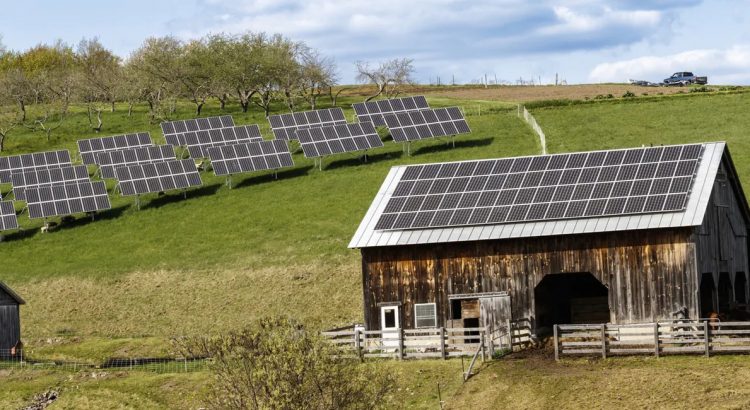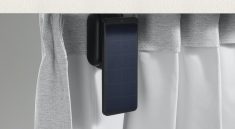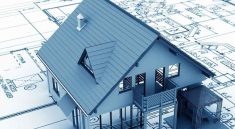Perhaps rather rationally farmers were one of the first groups to recognize the enormous potential that solar power generation could have for their operations. Nowadays, chances are that you’ll rarely pass many farms without seeing barns and outbuildings covered with solar panels. In many cases, even highly mechanized farms are now able to substantially subsidize their energy requirements by simply generating their own – and chances are that it will become the absolute norm within a few years or so. There are countless applications for direct and indirect use of solar energy for agricultural purposes. We’ll look at some of the most common throughout this article, and see how they are going to be adapted for use with next-generation machinery too.
Current Agricultural Applications For Solar Power
One of the biggest concerns voiced by farmers when it comes to solar power tends to be over networking and upkeep. After all, farms tend to be dusty places, so how serious a problem is that when it comes to ensuring panels continue to be fully productive? It is a valid point and the good news is that technology has advanced considerably over the last few years. Solar panels are far more robust than most people tend to assume, and there is no reason why those sited in even the least hospitable environments should not be productive for 25 years and potentially far longer.
Provided they are well sited and mounted on inexpensive stilts if drainage is an issue, then dirt and muck are the only factors that need to be accounted for. Rainfall does a surprisingly good job for most panels providing they have been properly angled and positioned. Any good solar energy contractor will ensure this and explain the various solutions if there could be any potential issues. Solar panels need no more attention than you’d give windows – with most people hosing them down seasonally and perhaps devoting a little more time and effort towards annual ‘deep’ cleans. Keep the water pressure sensible and avoid abrasive brushing and they wipe clean in no time at all.
Solar power is fantastic for arable farms. They can be programmed to provide all the power needed to keep up with routine irrigation, usually controlled from one simple panel (the best even work from phones). With the adequate provision of batteries to save excess production for poor weather, plenty of farms find that a spread-out pattern incorporating both networked and independent panels provides an adaptable and tailorable solution. Best of all those energy costs are often covered completely by the solar panels themselves – so you can add that saving to your bottom line from the first year.
Agricultural Solar Power In The Near Future
One of the most recent trends in the residential solar industry has been an upsurge in the number of people looking to install residential solar energy systems to charge their electric or hybrid vehicles. We are seeing technology make massive improvements in this direction on an annual basis, and chances are that it will become a driving force (forgive the pun!) within the industry over the next 5-10 years.
It is likely that we’ll start to see functional solar/hybrid farm vehicles during this timeframe. There is no reason why the advances in solar technology will not continue their current breakneck speeds – and it is no coincidence that many of the largest agricultural machinery companies are refocusing their research massively in this direction. Entirely solar-powered harvesters and tractors which do not compromise on functionality compared to traditional gas-fueled options may still be a little over the horizon, but efficient hybrids are already hitting production lines.
Wouldn’t it be useful to cut down massively on gas prices as well as electricity in the coming years? You can absolutely bet that this is the direction that the agricultural solar industry is taking. Panels and battery efficiency are improving at such speeds that we can anticipate this becoming a reliable feature of heavy farm machinery in the coming years. So any farmers reading ought to be looking not just at how solar power can improve their current operations, but keep an eye on the potential too.



